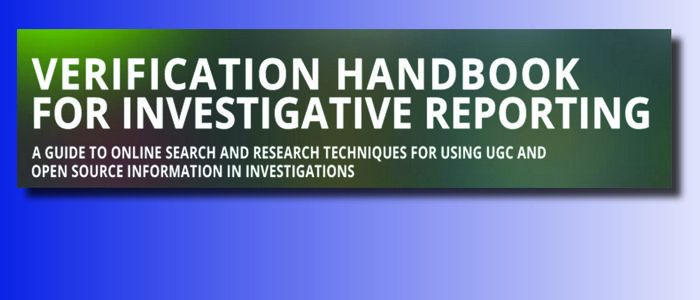Good news for investigators: The European Journalism Center today published a handbook on how to use and verify user-generated content in in-depth investigations. It is a companion handbook to the original Verification Handbook, which focused on breaking news, and includes my chapter on using user-generated content in human rights investigations.
The need for such a resource is enormous. Both journalists and human rights investigators are increasingly confronted with a torrent of citizen media shared through digital social networks in real-time. The risks of overlooking relevant content or getting it outright wrong are very real. However, the benefits of effectively and ethically integrating open source materials into in-depth investigations are huge.
From the introductory chapter of the book:
I believe that we can build the strongest cases for justice and accountability when integrating traditional research in the form of testimonies with new research gathered through citizen media or satellite imagery. Case in point is our newest report on Book Haram atrocities, released yesterday: The report is based on nearly 200 witness accounts, and includes many satellite images showing the path of destruction left by Book Haram in north-east Nigeria. It also includes information collected from open source videos that were verified using freely available online tools and apps. For example, by using Google Earth, it was easy to confirm the location and narrow down the time frame of a video showing execution style killings by Boko Haram on a bridge in Bama last fall (AI researchers also spoke to human rights defenders who interviewed witnesses to the killings shown in the video; see more details at p.60 of our report).
The importance of videos in this investigation—many of which are available online—is also highlighted in the methodology section of our report:
I provide a more detailed insight into the use of citizen media in human rights and war crimes investigations in Chapter 7 of the book.
The book covers a variety of topics related to online search and research techniques, including ethical considerations during digital investigations.
A big shout-out to Craig Silverman and Rina Tsubaki for putting this important resource together. It will be incredibly useful for everyone who works with open source information during investigations, and also represents a fantastic new training resource.
You can follow comments on the launch of the book on Twitter using the hashtag #vh4ij.


